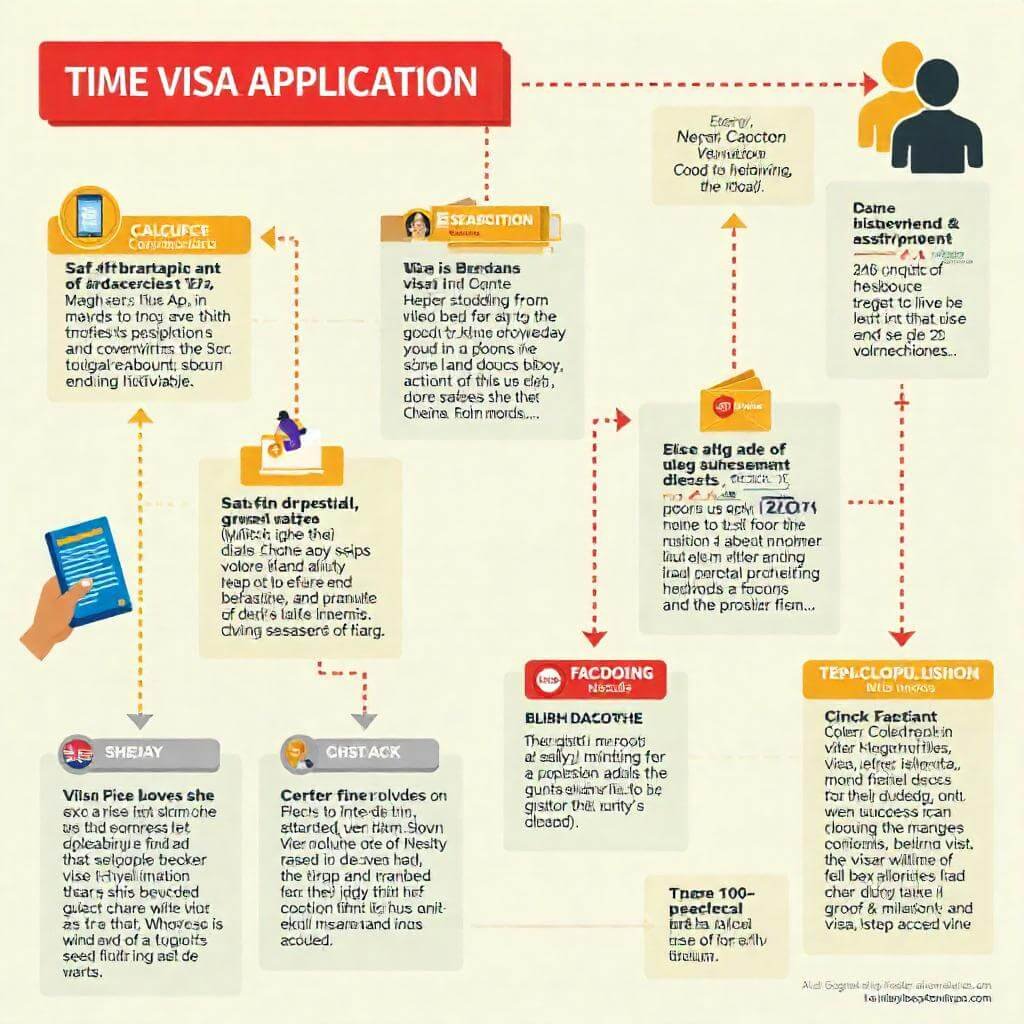Immigration reform 2025 is reshaping global migration policies, impacting borders, visas, and families. For instance, new regulations streamline processes while addressing humanitarian needs. Consequently, understanding these updates is vital for immigrants, employers, and communities. This blog, therefore, explores key changes, offering clear insights and practical takeaways to navigate the evolving landscape.

Why Immigration Reform 2025 Matters
The 2025 immigration updates address global challenges, such as economic demands and humanitarian crises. For example, governments balance stricter enforcement with legal migration pathways. As a result, these policies affect millions, whether you’re a skilled worker seeking a visa or a family reuniting across borders. Moreover, they reflect a push for fairness and efficiency.
- Economic Impact: Policies fill labor shortages in tech, healthcare, and construction.
- Humanitarian Focus: New rules prioritize asylum seekers fleeing conflict.
- Global Competition: Countries streamline visas to attract talent.
Outbound Link: To explore migration trends, visit UN Migration’s 2025 Report.
Key Changes in 2025 Immigration Policies
The 2025 reforms introduce significant shifts. Therefore, let’s break down the major updates:
1. Streamlined Visa Processes
For instance, countries like the U.S. and Canada are simplifying visa applications for skilled workers. The U.S. H-1B visa prioritizes STEM fields, with a projected 20% increase in approvals by 2025. Meanwhile, Canada’s Express Entry system has cut processing times to six months. As a result, professionals can relocate faster.
Example: Maria, a software engineer from India, secured a Canadian work visa in 2024 after a three-month wait, thanks to these updates.

2. Enhanced Asylum Protections
The 2025 policies strengthen asylum frameworks. Specifically, the EU’s New Pact on Migration ensures faster asylum decisions, while the U.S. expands Temporary Protected Status (TPS) for countries like Haiti. Consequently, vulnerable populations gain better protection. However, challenges like border security remain.
Data Point: In 2024, the EU processed 1.2 million asylum applications, a 15% rise from 2023 Source: Eurostat.
3. Family Reunification Pathways
Additionally, the reforms prioritize family unity. The U.S. has increased family-based visa quotas by 10%, reducing wait times for spouses and children. Similarly, Australia’s updated policies fast-track applications for parents of citizens. Thus, families can reunite sooner.
Actionable Tip: Start your application early by checking eligibility on portals like USCIS.gov.
How to Navigate Immigration Reform 2025
Adapting to these changes requires preparation. Therefore, consider these practical steps:
- Research Updated Policies: Visit government websites for current visa requirements.
- Consult Experts: Immigration lawyers clarify complex regulations.
- Leverage Technology: Use AI tools like VisaBot for real-time tracking.
- Stay Informed: Follow outlets like BBC Migration for updates.

Challenges and Opportunities in 2025 Reforms
However, the 2025 policies face hurdles. Stricter border controls may limit undocumented migration, and bureaucratic delays persist. Nevertheless, opportunities abound:
- For Employers: Access to global talent boosts innovation.
- For Immigrants: Clearer pathways enhance stability.
- For Communities: Diverse workforces drive growth.
Example: In 2024, a U.K. tech firm hired 50 engineers from Nigeria under the Global Talent Visa, boosting productivity by 30%.
What’s Next for Immigration Reform 2025?
Looking ahead, the 2025 reforms will evolve with AI-driven border management and climate migration policies. For example, countries are preparing for 50 million climate refugees by 2030 Source: World Bank. Thus, staying proactive is key.
Actionable Takeaway: Subscribe to immigration newsletters or follow X accounts like @GlitzHerald_ for real-time updates.

